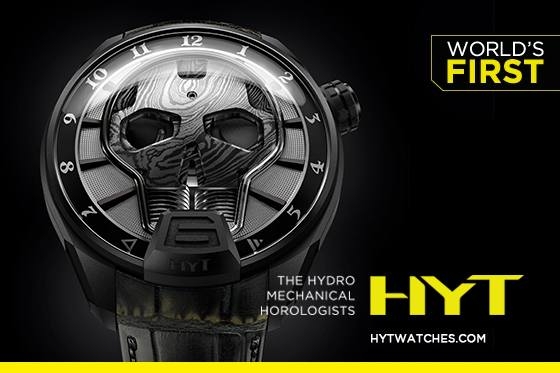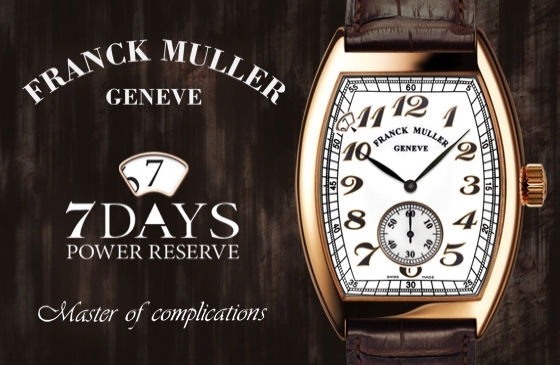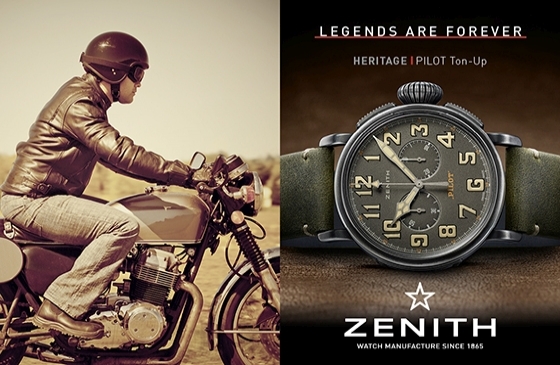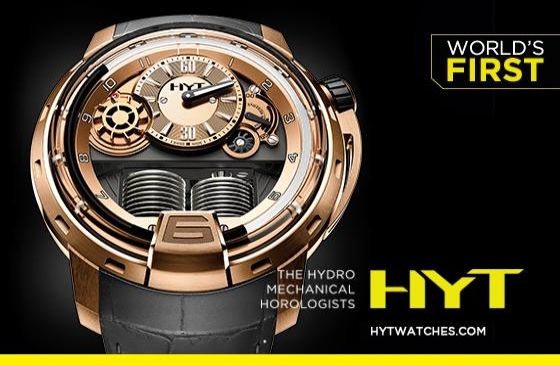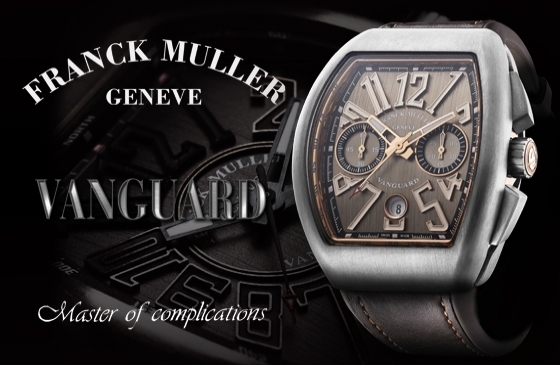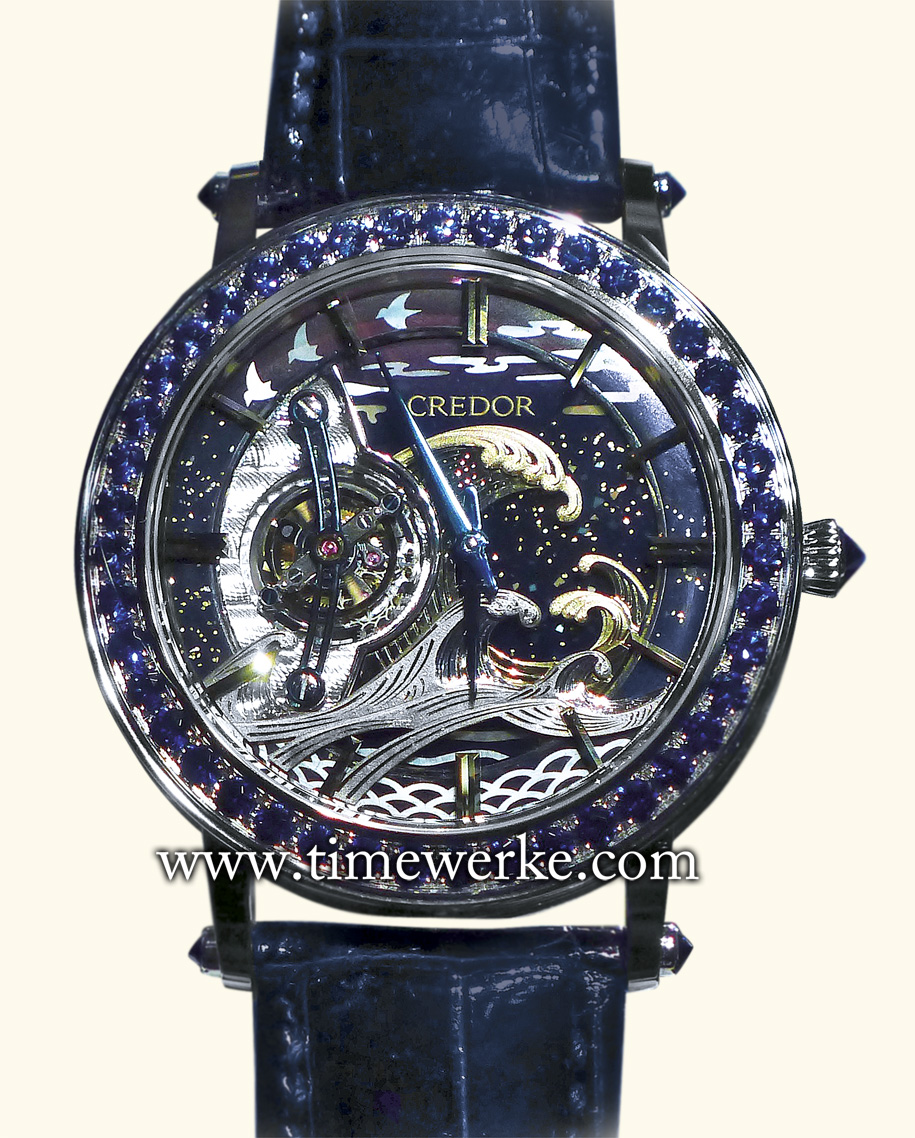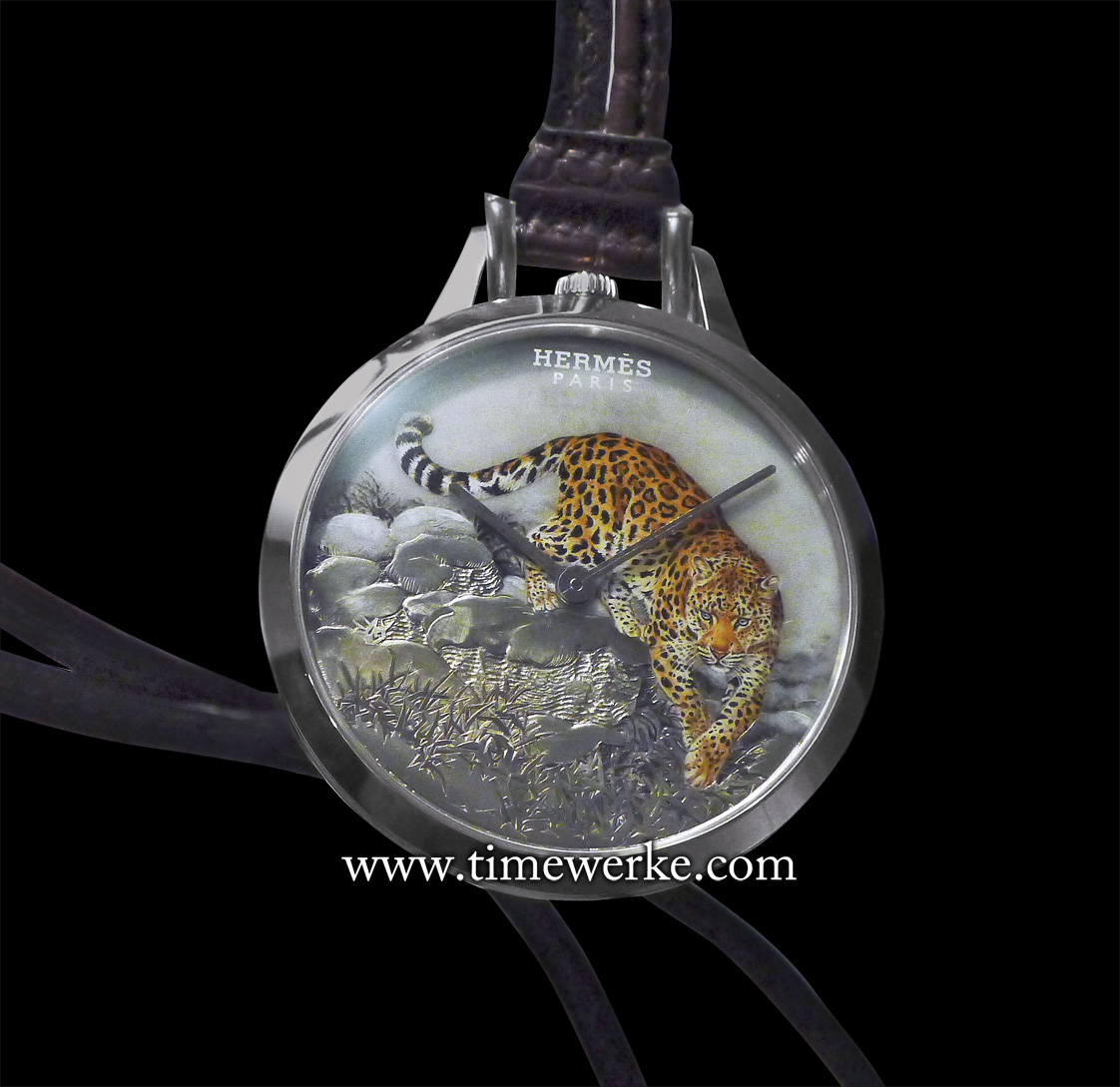
Slim d’Hermès Pocket Panthère. Introduced at the 2016 BaselWorld watch fair, this is a one-of-a-kind pocket watch featuring an engraved and enamelled white gold dial depicting a panther that is based on a painting by famed French wildlife artist Robert Dallet (1923 to 2006). Housed within its 45mm diameter white gold pocket watch case is the Hermès Manufacture Calibre H1950 automatic movement with 42 hours of power reserve. The case is water-resistant to 3 bar (30m) and the pocket watch comes with a cord strap and pouch in matt havana leather. Photo: © TANG Portfolio, taken with a Leica D-Lux 5. Elfa / Timmy. BaselWorld 2016.
When we first caught sight of the Slim d’Hermès Pocket Panthère at the 2016 BaselWorld watch fair held in March, it was difficult to contain the extreme delight of viewing such a beautiful work of art that also told time.
Wait a moment, shouldn’t a panther be black? Panther is another name for the leopard and many will immediately have a mental image of a black cat as the term is typically used to refer to the black panther.
Black panther is the proper term for a black cat. The black panther is not a separate species but a big cat with a gene that produces dark pigments. The black panther is actually a term used for any big cat with a black coat and these includes jaguars (panthera onca) and leopards (panthera pardus).
Just focusing on the panther or leopard with a light-coloured golden skin and black rosettes made the artwork seem very much larger than the tiny 45mm diameter white gold pocket watch case it was framed in.
The painting of the panther was so mesmerising that we totally forgot that it was a watch. What brought us back to reality was the instant the minute hand moved.
The panther is actually a miniature enamel painting set on an engraved background, one that is based on the brilliant work of the late Robert Dallet (1923 to 2006), a famous French wildlife artist with an impeccable flair for drawings and paintings of flora and fauna.
Dallet had collaborated with Hermès for two decades, beginning from 1985. “Kenya” was the first Hermès scarf designed by Dallet. Other famous Hermès scarf designs were Équateur, Jungle Love, La trêve de I’eau, Sichuan, Guépards and Tendress Féline.
Among Dallet’s great works include fantastic pieces of the big cats – not the domesticated ones but the large members of the cat family – lions, leopards, snow leopards, tigers, jaguars and cheetahs.
Though Dallet passed away in 2006, his works of art lives on, immortalised not just in his books but on the Hermès scarves, and even animal head crystals from its crystal-making subsidiary, Crystal St Louis.
In 2016, ten years after his death, Dallet’s legacy continues to be perpetuated thanks to Hermès which has created new products with his drawings and paintings as part of the brand’s theme for the year, “Nature at full gallop”. These products include scarves, tableware and even watches.
Two fine examples being the Slim d’Hermès Pocket Panthère and the Arceau Tigre, both of which are among our favourites because of the “emotional connection”.
That is because the artwork on the dials of both the Slim d’Hermès Pocket Panthère and the Arceau Tigre are based on Dallet’s very own works.
For the Slim d’Hermès Pocket Panthère, the panther is described as gliding its way onto a winter background. The panther on the dial is an absolute winner with its vibrant colours.
Two major skills were involved in the creation of this amazing dial – and that will be engraving and enamelling, miniature enamel painting in particular. Each was performed by a specialised master artisan.
Dallet’s painting had to be carefully studied before deciding which areas were to be engraved and which were hand-painted and created with enamel.
Set against what is described as a “snowy backdrop”, the white gold dial has been crafted on five different levels, of which the deepest is for the panther or leopard.
“The engraved motifs are coated with enamel to a variable extent. In some places, the pure metal gleams just below the surface, either shiny or matt depending on the chosen effects, such as the tufts of grass appearing at 7 o’clock,” as explained by the brand.
The leopard is the only non-engraved element on the white gold dial of the Slim d’Hermès Pocket Panthère. The Grand Feu enamelling technique is used to create the leopard.
Enamel powder that is alternately mixed with water or oil is applied onto the dial with a brush. In order to “fix” the material onto the dial and for each new colour, the dial has to be “fired” in the kiln at high extreme temperatures.
This wil cause the micro fragments to melt and tranform into glass. The work is tedious as the dial of the Slim d’Hermès Pocket Panthère has to undergo up to 25 “firing” cycles.
For us, the colour richness and beauty expressed by this miniature enamel painting of the leopard, which is based on Dallet’s drawing, is the main draw of the Slim d’Hermès Pocket Panthère.
The engraved elements offer a perfect complement that makes this piece extremely special.
The white gold case was produced in-house by Hermès and the movement is also the brand’s Manufacture Calibre H1950 automatic movement. The Calibre H1950 movement is decorated with the “sprinkling of Hs” motif and can be admired through the transparent sapphire crystal case back.
The Slim d’Hermès Pocket Panthère ranks high in terms of the artistic craftsmanship because of its beauty. It is, in our opinion, one of the top watches presented at the 2016 BaselWorld watch fair.
We were fortunate to have the opportunity to view the Slim d’Hermès Pocket Panthère at the 2016 BaselWorld as it would be rare to spot the actual piece after it is sold.
Firstly, this is a one-of-a-kind creation. Secondly, this is a pocket watch and unless its owner is checking the time, one would have to ask for permission for a viewing.

